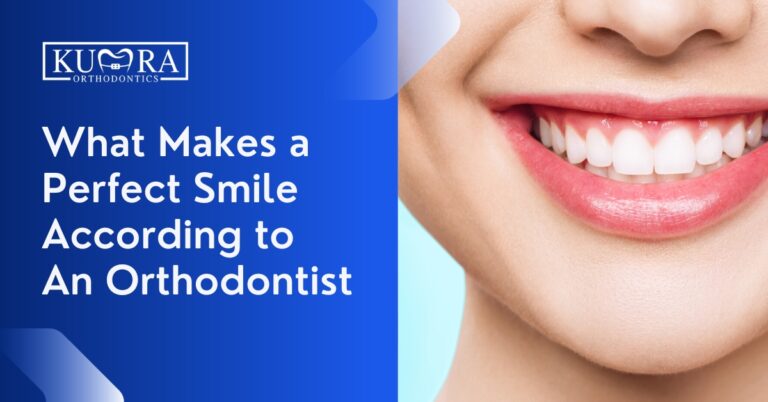Legacy Orthodontics Can Be Fun For Anyone
Table of ContentsThe Best Guide To Legacy OrthodonticsThe Best Strategy To Use For Legacy OrthodonticsExcitement About Legacy OrthodonticsGetting The Legacy Orthodontics To WorkThe 3-Minute Rule for Legacy Orthodontics
In addition, we offer flexible treatment schedules, versatile payment alternatives and a fun, enjoyable experience.An orthodontist is a dental practitioner trained to detect, stop, and treat teeth and jaw irregularities. Orthodontists work with individuals of all ages, from children to grownups.
Malocclusion, or misaligned teeth, can lead to dental issues, consisting of dental cavity, gum tissue disease, and challenging or agonizing chewing. But not everybody is birthed with straight teeth. If you have a negative bite or big areas between your teeth, you may intend to consult a dental practitioner focusing on orthodontic treatment.
Things about Legacy Orthodontics
( Picture Credit Report: DigitalVision/Getty Images) Orthodontists utilize repaired and detachable dental tools, like braces, retainers, and bands, to alter the setting of teeth in your mouth. Orthodontic treatment is for dental abnormalities, consisting of: Misaligned teethBite troubles, like an overbite or an underbiteCrowded teeth or teeth that are as well far apartJaw misalignmentThe objective of orthodontic treatment is to improve your bite.
While you might believe of orthodontists as generally for children or teenagers that require dental braces, they can correct oral issues at any kind of age. Orthodontists go to university, dental institution, and orthodontic school.
All orthodontists are dental practitioners, but not all dental experts are orthodontists. Orthodontic residency programs offer intensive, focused instruction for oral professionals. They focus on 2 areas: Exactly how to effectively and safely relocate teeth Exactly how to correctly direct advancement in the teeth, jaw, and faceOnce an orthodontist has finished training, they have the option to end up being board certified.
Legacy Orthodontics for Beginners
Malocclusion leads to tooth overcrowding, a twisted jaw, or uneven bite patterns. Malocclusion is usually treated with: Your orthodontist attaches steel, ceramic, or plastic square bonds to your teeth.
If you have only minor malocclusion, you may have the ability to use clear braces, called aligners, rather than conventional braces (https://packersmovers.activeboard.com/t67151553/how-to-connect-canon-mg3620-printer-to-computer/?ts=1727695183&direction=prev&page=last#lastPostAnchor). Some people need a headgear to aid relocate teeth right into line with pressure from outside the mouth. After braces or aligners, you'll need to put on a retainer. A retainer is a customized gadget that maintains your teeth in location.
They can create extra area in the mouth without having to pull teeth. Orthodontists utilize cords, surgical screws, or plates to support your jaw bone.
You may need to see an orthodontist if you have: Crowding or otherwise adequate space for every one of your teethOverbite, when your top teeth come by your base teethUnderbite, when your bottom teeth are too far forwardSpacing or concerns with gapsCrossbite, which is when your top teeth fit behind your base teeth when your mouth is closedOpen bite or an upright space between your front base and top teethMisplaced midline, when the facility of your base and top teeth don't line up Correcting a dental malocclusion can: Make attacking, chewing, and speaking easierImprove the balance of our face and your overall appearanceEase pain from temporomandibular joint problemsSeparate your teeth and make them simpler to cleanse, click resources helping avoid dental caries or cavities It's usually a dental expert that initially notices misaligned teeth throughout a regular test.
The Ultimate Guide To Legacy Orthodontics

During your initial orthodontic assessment, you'll likely have: An oral examPhotos taken of your face and smileDental X-raysPanoramic (360 degree) X-rays of your face and headImpressions to create molds of your teethThese examinations will certainly assist your orthodontist understand exactly how to wage your treatment. invisalign. An orthodontist is a dental expert that's had training to treat your teeth and jaw
Orthodontists may carry out surgical procedure, exams,X-rays,and more to aid you obtain an extra comfy, healthier smile. An orthodontist is focused on your bite, so something like a chipped tooth would certainly be dealt with by a dental expert. Orthodontists are dentists but not all dental practitioners are orthodontists. Orthodontists are concentrated on your bite, or the means your teeth meshed, and the straightness of your teeth.
Ever before asked yourself just how celebs always appear to have completely straightened teeth? Orthodontists are dental experts that concentrate on dealing with abnormalities in the teeth and jaws.
7 Easy Facts About Legacy Orthodontics Shown

While dental braces are one of the most commonly identified orthodontic treatment, orthodontists have a varied toolkit at their disposal. The details approach chosen depends on the extent of the case, the individual's age, and private preferences. These reliable braces utilize a system of brackets bonded to the teeth and attached by cables.
Clear aligners, like Invisalign, are a popular alternative for people seeking a much more discreet therapy choice. These detachable trays are custom-made to considerably shift the teeth's setting. Headwear might be made use of in conjunction with dental braces or aligners to use extra targeted pressures, especially for remedying jaw disparities. In cases of slim jaws, palatal expanders can be used to develop area for proper tooth positioning.